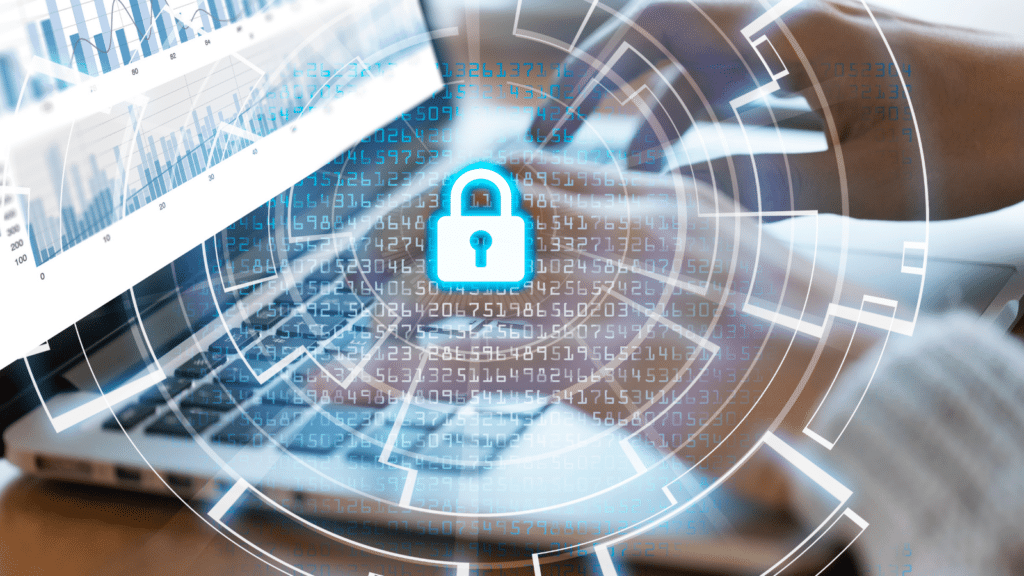Secure social networks: the right reflexes

Digital risks linked to social networks
The advent of social networks has profoundly changed the way we communicate. Omnipresent in our personal and professional lives, they unfortunately do not escape the malevolence of hackers. According to a recent study, more than 4 out of 10 French people have already been hacked during their lifetime.
From a cybersecurity perspective, the risks associated with the use of social networks are essentially the following:
Blackmail or fraud. Misleading summons, video blackmail, lottery scam, fake job offer… Hackers compete with ideas to try to trick you.
The infection of your device. A simple click on a link is enough to infiltrate a virus into your smartphone or into a company computer.
Cyberbullying. Victims are inundated with shocking and violent messages.
The hacking of social networks by hackers: instructions for use
Several social networks have already been hacked on a large scale: let us mention Facebook in 2019, LinkedIn in 2021. Email address, telephone number, name: this is the information of more than 700 million users who have been sold on the web. In both cases, the hackers exploited application security flaws.
On a smaller scale, you can be the victim of a cybercriminal who will use well-established techniques:
Phishing (or phishing). You receive a message from someone who claims to know you, or even from a friend or an administration. You will be asked to click on a link, then enter personal information: login, password or bank details. To make the process even more credible, hackers use information that you have published yourself, such as your place of work or the city where you live.
Malware infection. The virus spreads through your device: it can steal your personal information or render your equipment unusable.
Cybersecurity and secure social networks: 6 tips to limit the risks
If this sector interests you, why not acquire skills in cybersecurity? In the immediate future, adopting the following practices will allow you to secure your data.
1. Reinforce your authentication
Choose strong, different passwords for each site. Activate multi-factor authentication as soon as it is offered to you.
2. Check social network privacy settings
Control these settings to know who has access to what and restrict them if necessary. Do this regularly, as they may change without warning.
3. Filter your contacts
Hackers can manipulate your contacts’ account without their knowledge. Be careful :
verify the identity of someone who asks you for money;
beware of a contact who offers you an unexpected gain, a “good deal” too good to be true.
4. Review third-party apps
Many apps interact with your profile and require permissions. Download them from the official app stores and have good control over what they want access to. If you no longer use them, uninstall them.
5. Limit the use of public WiFi
A public WiFi network can easily be tricked by a hacker. To limit the risk of theft of identifiers, avoid providing them on a network or equipment that is not yours. If you do, remember to log out of your account right after.
6. Post with Common Sense
Limit the dissemination of overly personal or sensitive information that could be used against you.
Continue reading

Cybersecurity Promotion Program

What is Cybermonth?

